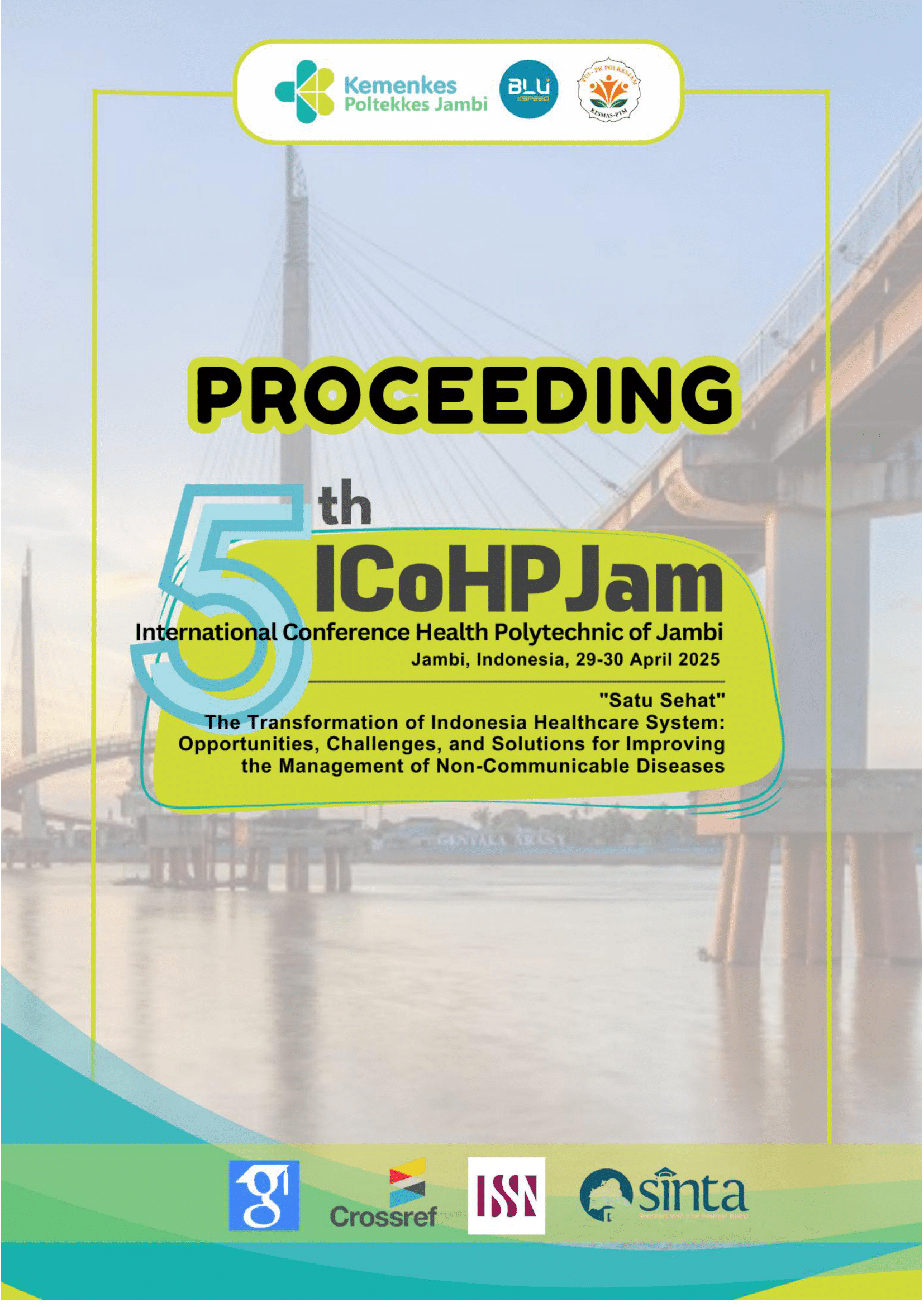Maternal and Environmental Health Factors as Predictors of Stunting in Families at Risk of Stunting in Indonesia
Abstract
Background: Stunting is a chronic nutritional problem that affects children's physical and cognitive development, especially in children aged 6-23 months who come from families at risk of stunting. In Indonesia, the prevalence of stunting in 2023 reached 21.5%, which is still far from the 14% target set by the government. Stunting can affect children's long-term health and increase susceptibility to non-communicable diseases in adulthood.
Objectives: This study aims to analyze factors that act as predictors of stunting incidence in families at risk of stunting in Indonesia, using data from the 2023 Indonesian Health Survey (IHS).
Methods: The research design was an analytic study with a cross-sectional approach. This study used total sampling involving 4,766 mothers with children aged 6-23 months. The variables analyzed included maternal factors (birth spacing, number of births, maternal age, family planning participation) and environmental factors (latrine ownership).
Results: The analysis showed that too close birth spacing (OR 1.422), too many births (OR 1.323), and improper latrine ownership (OR 1.327) significantly affected the incidence of stunting in families at risk of stunting.
Conclusion: This study shows that birth spacing, number of births, and latrine ownership are predictors of stunting in families at risk of stunting. Maternal and environmental factors play an important role in the incidence of stunting in families at risk of stunting in Indonesia. These findings suggest that the need for a holistic approach that includes good family planning and improved sanitation and maternal nutrition should be the main focus of stunting prevention efforts in Indonesia.



